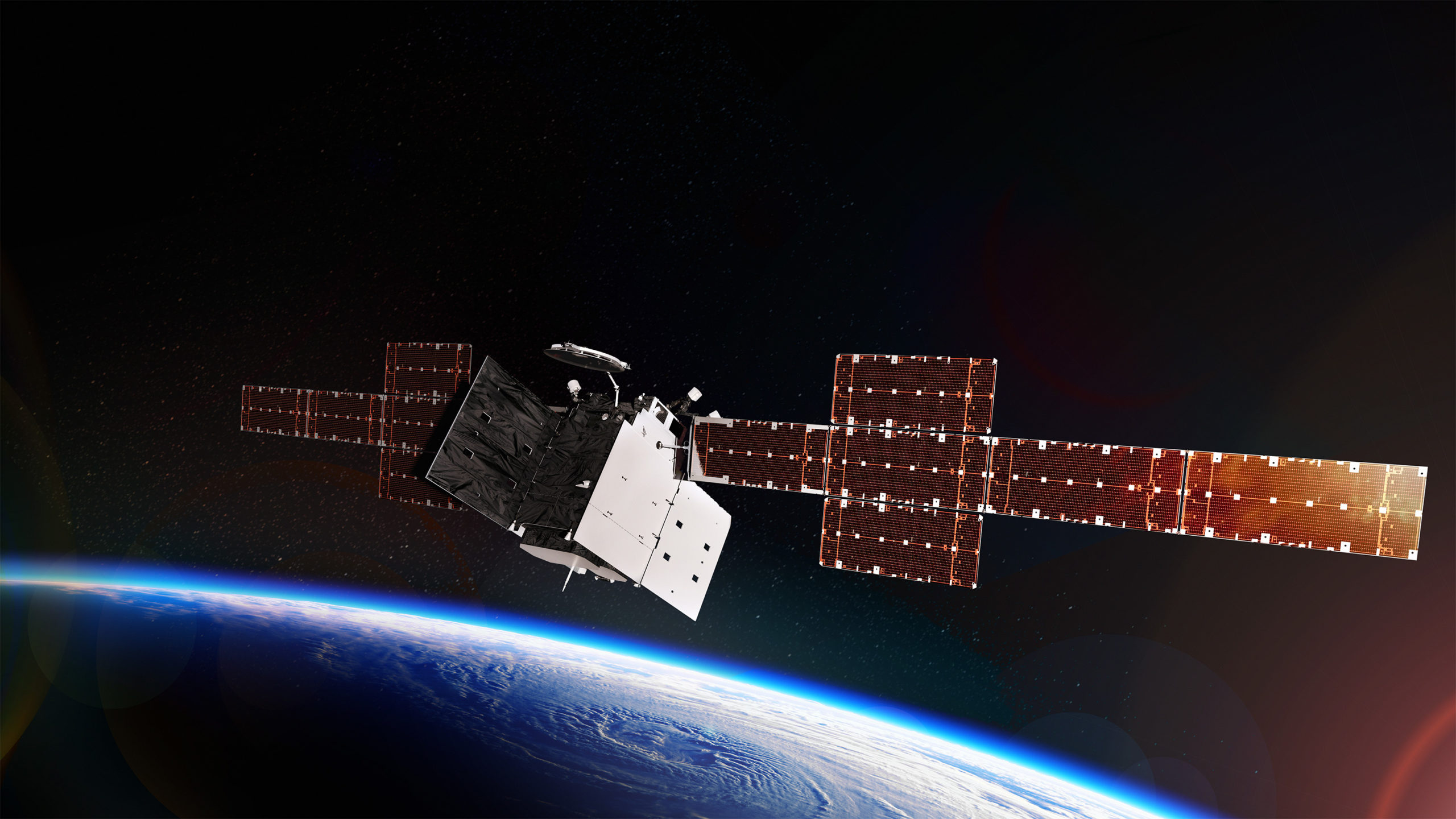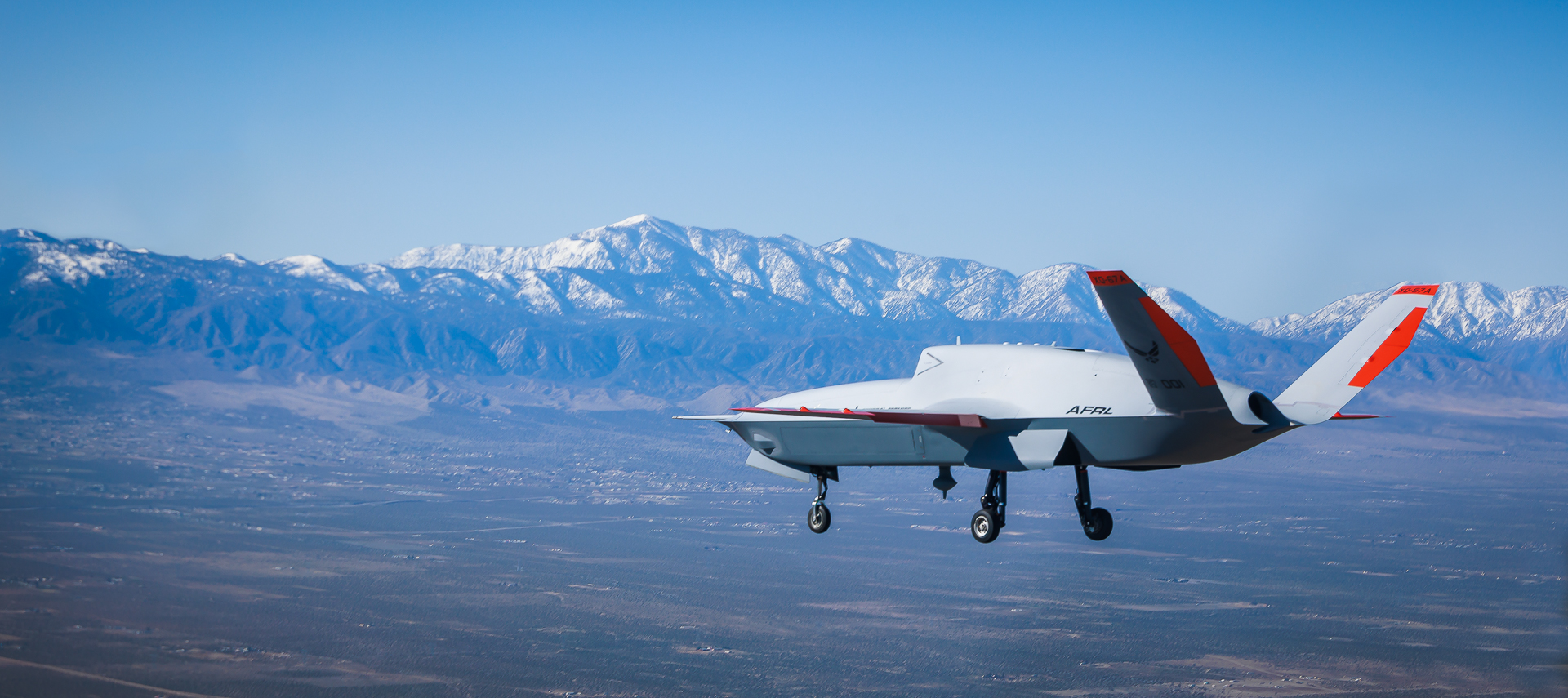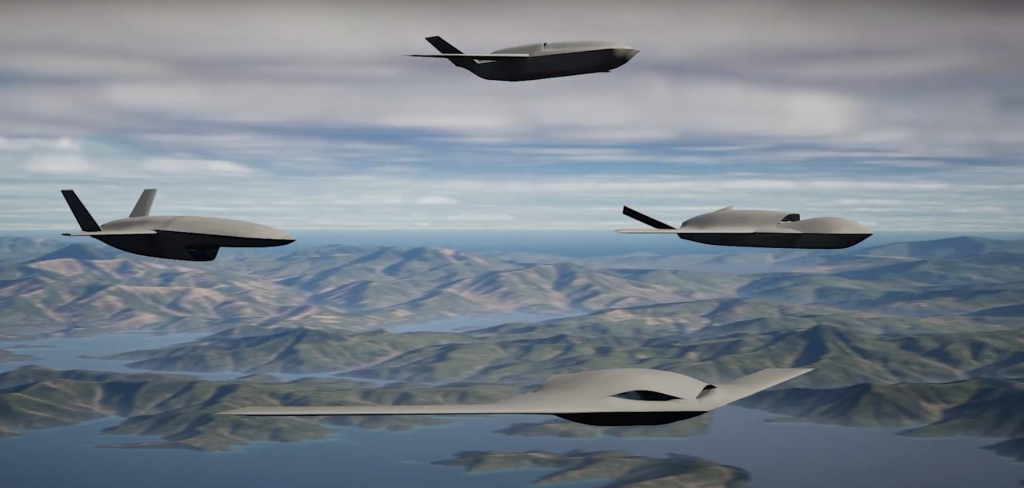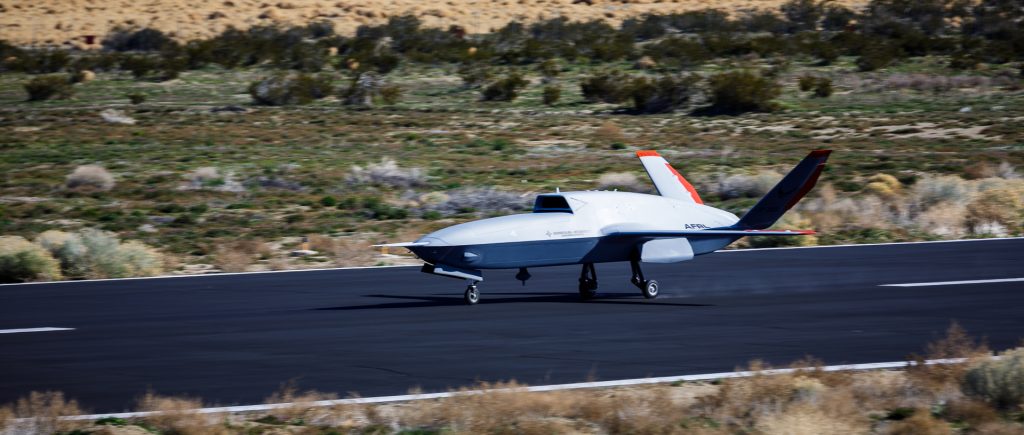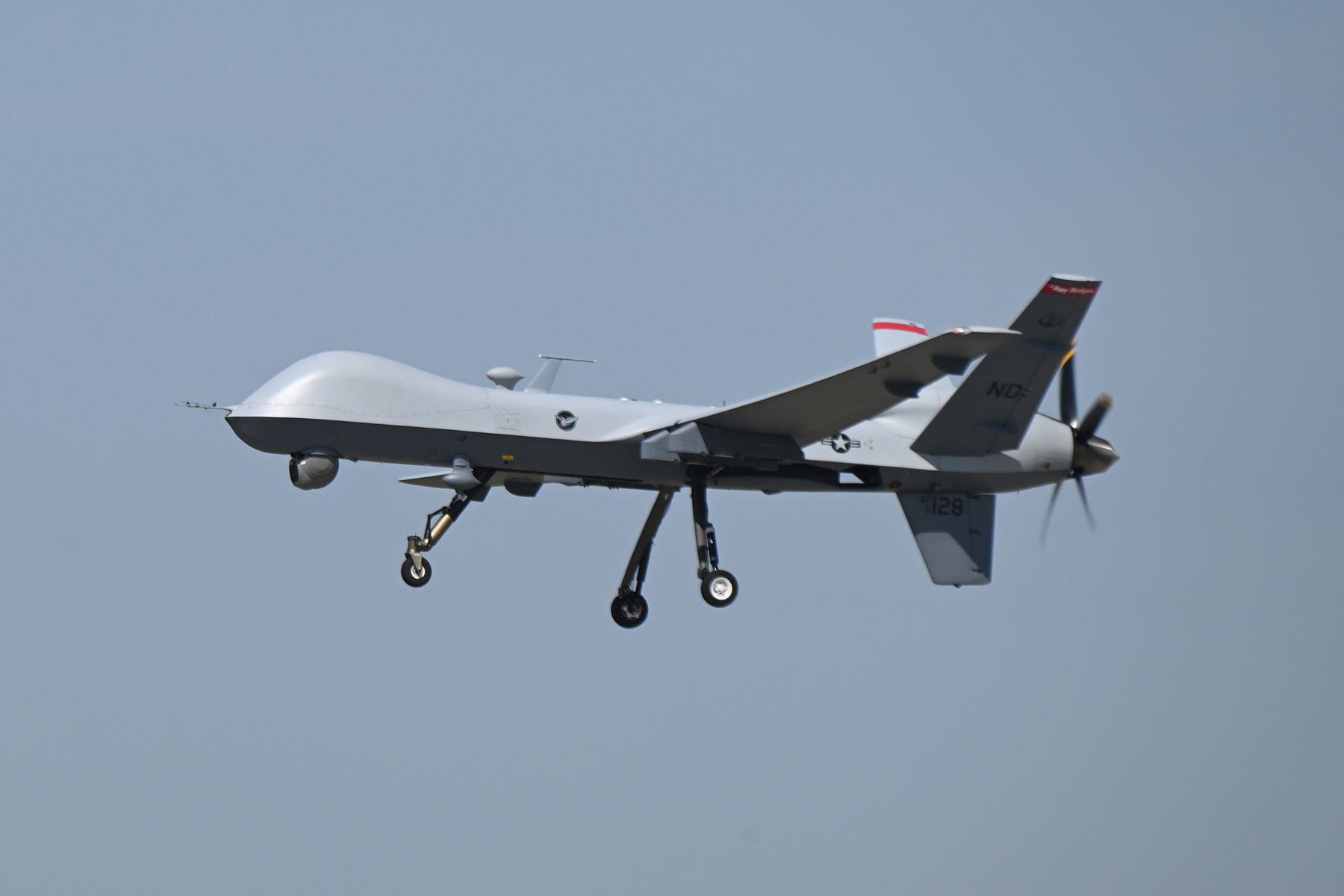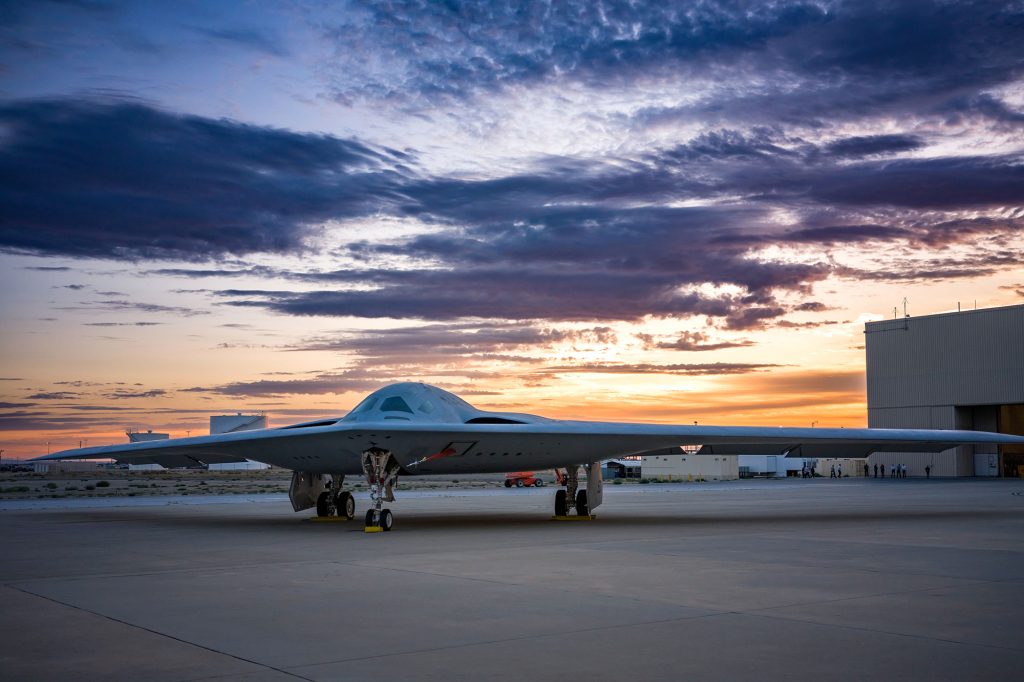The Space Force awarded Boeing’s space division a $439 million contract to build and launch the next satellite of its Wideband Global Satellite Communications (WGS) fleet, the Department of Defense announced March 1. Expected to be finished by Jan. 31, 2029, the WGS-12 satellite is part of an effort to improve flexibility and security for high-bandwidth military communications.
“The revolutionary WGS-11+ satellite will have more communications flexibility than the entire existing WGS constellation and will provide combatant commanders with twice the mission capability in contested environments,” Space Systems Command wrote in 2022 about WGS-12’s predecessor, WGS-11+, which is expected to launch later this year. WGS-12 is expected to be a “clone” of WGS-11, according to budget documents.
“Communication channels and terrestrial footprints can be uniquely tailored to warfighter demands,” Space Systems Command wrote. “This enables increased mission flexibility and responsiveness with smaller footprints that help protect against jamming.”
The first WGS satellite launched in 2007, and the constellation has since become “the backbone of the U.S. military’s satellite communications” according to the Space Force. Nine more satellites were launched through 2019, providing the U.S., allies, and partners with full-motion video, sensor data from airborne drones, video teleconferencing, and other data-intensive communications.
But as the original WGS satellites aged, the Department of Defense sought to augment the system with better anti-jamming capabilities. The new satellites will feature a Protected Tactical SATCOM Prototype that uses a Protected Tactical Waveform for jam-resistant communications. According to Boeing, PTS-P “features automated anti-jam capabilities, including jammer geolocation, real-time adaptive nulling, frequency hopping and other techniques … to ensure the warfighter can stay connected in a contested environment.”
The design of the new WGS satellites is based on the company’s 702X commercial bus integrated with the PTS system, SpaceNews reported in September: a blend of military and commercial satellite communication systems.
